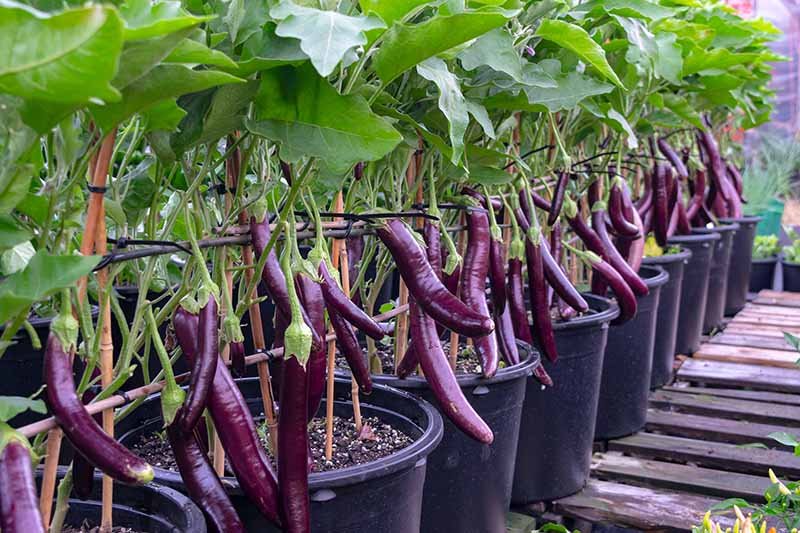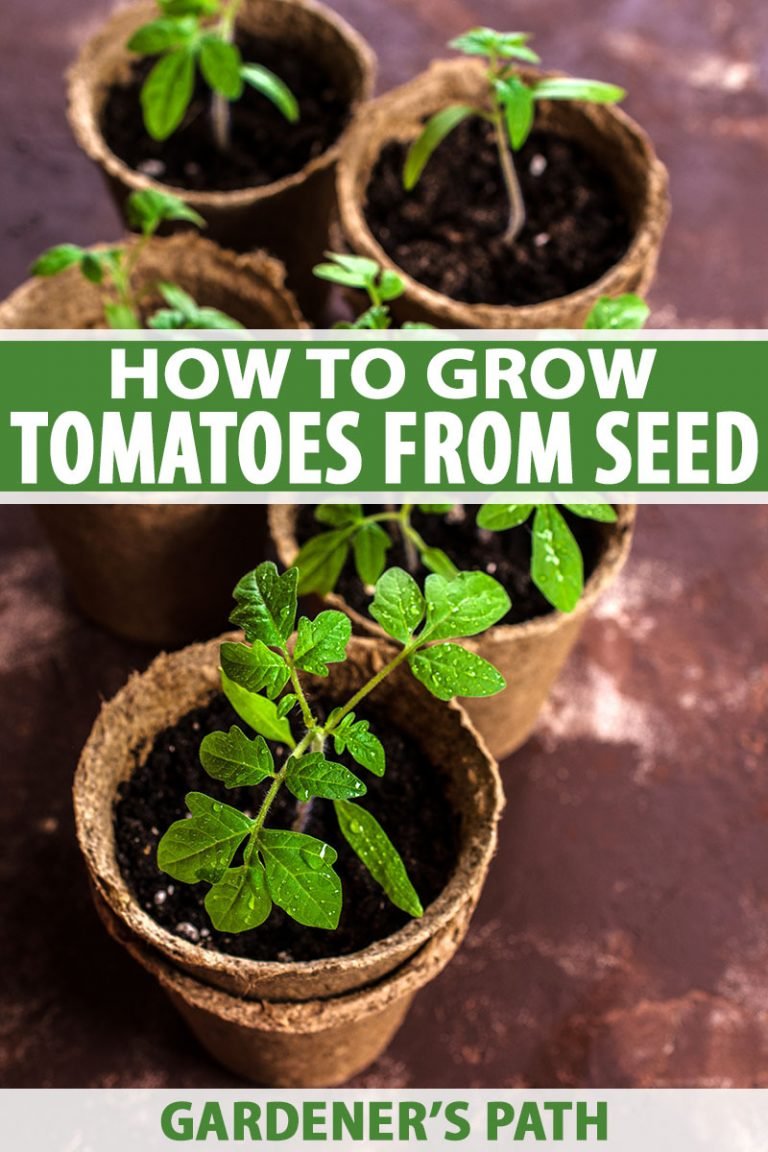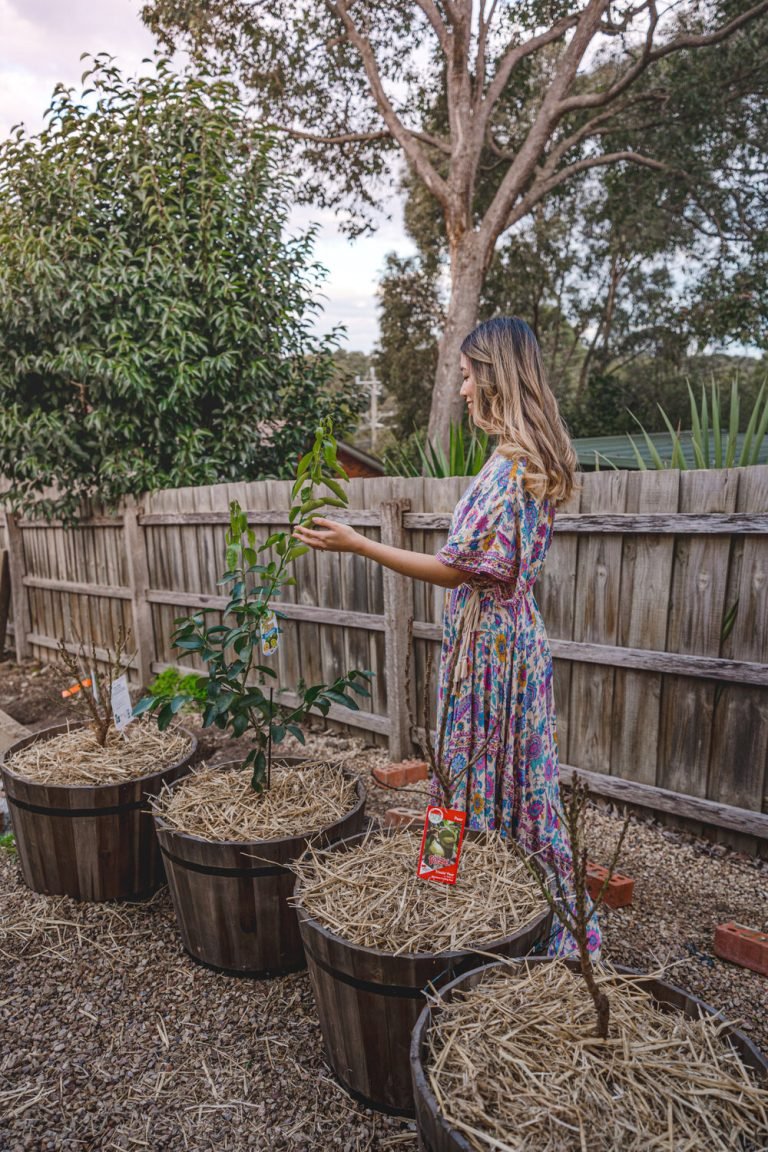how to grow eggplant in a pot – [Beginners Guide]
Hey there! Are you looking to add some eggplant to your home garden? Growing eggplant in a pot is a great idea, and I’m here to tell you why.
First of all, let me tell you that I have personally grown eggplant in pots and it has been a huge success. Not only is it easy to manage, but it also produces a bountiful harvest.
One of the biggest advantages of growing eggplant in a pot is that it allows you to control the soil conditions. You can choose the right soil mix and ensure that the pot has proper drainage. This is especially important for eggplant as they require well-draining soil with a pH range of 6.0-6.8.
Another great thing about growing eggplant in a pot is that it can be done in small spaces. If you have limited outdoor space, or live in an apartment, a pot is a perfect solution for you. You can even place the pot on a balcony, patio or even a windowsill that gets plenty of sunlight. Eggplant requires full sun exposure for at least 6 hours a day.
Lastly, growing eggplant in a pot also gives you the flexibility to move the plant around. This is especially useful if you live in an area with extreme temperatures. You can move the pot to a shaded area during hot summer days or bring it indoors during frosty nights.
In conclusion, growing eggplant in a pot is a great idea for those who have limited outdoor space or want to control the soil conditions. It’s easy to manage and produces a bountiful harvest. Give it a try, I’m sure you’ll enjoy it as much as I have!
Pot or container selection
When it comes to growing eggplant in a pot, the most important thing to consider is the size of the pot.
Eggplant is a relatively large plant, and it requires a pot that can accommodate its size. The minimum size of the pot should be at least 12 inches deep and 12 inches wide, but larger pots are even better. This will provide enough space for the roots to grow and allow the plant to reach its full potential.
Another important aspect of the pot is its construction. The pot should be made of a porous material, such as terracotta or ceramic, which allows for proper drainage. It is also important to have drainage holes at the bottom of the pot to prevent water from accumulating and causing root rot.
Additionally, the pot should be heavy enough to prevent it from tipping over once the plant is fully grown, especially if you are planning to grow more than one eggplant in a pot.
In summary, when growing eggplant in a pot, it is important to use a pot that is at least 12 inches deep and 12 inches wide, made of a porous material and have drainage holes at the bottom. And also to be heavy enough to prevent it from tipping over once the plant is fully grown.
Make suitable soil mix
When it comes to growing eggplant in a pot, the soil mix is just as important as the pot itself. The right soil mix will ensure that your eggplant has the right conditions to grow and produce a bountiful harvest.
Eggplant prefers well-draining soil with a pH range of 6.0-6.8. A good soil mix for eggplant would consist of equal parts of potting soil, compost, and perlite or vermiculite . This mixture will provide the eggplant with the necessary nutrients, retain moisture, and ensure proper drainage.
You can also add a slow-release fertilizer to the soil mix, which will provide the eggplant with a steady supply of nutrients throughout the growing season. A balanced fertilizer with an NPK ratio of 5-5-5 or 10-10-10 would be ideal.
It’s also important to note that eggplant is sensitive to soil-borne diseases, so it’s best to use a fresh and sterilized soil mix. This can be achieved by baking the soil in the oven at 180°F (82°C) for 30 minutes.
In summary, when growing eggplant in a pot, it’s essential to use a well-draining soil mix with a pH range of 6.0-6.8. A good soil mix would consist of equal parts of potting soil, compost, and perlite or vermiculite. Adding a slow-release fertilizer and using fresh, sterilized soil can also improve growth and yield.
How to plant the eggplant?
Growing eggplant in a pot at home is a simple process, and I’m here to break it down for you in easy to follow steps.
Step 1: Choose a suitable pot. As mentioned earlier, the pot should be at least 12 inches deep and 12 inches wide, made of a porous material, have drainage holes at the bottom and be heavy enough to prevent it from tipping over once the plant is fully grown.
Step 2: Prepare the soil mix. Mix equal parts of potting soil, compost, and perlite or vermiculite. Add a slow-release fertilizer with an NPK ratio of 5-5-5 or 10-10-10. If you want you can also add a little bit of dolomitic limestone to bring your soil pH to around 6.5.
Step 3: Fill the pot with the soil mix and make a hole in the center. The hole should be deep enough to accommodate the eggplant seedling, with the top of the root ball level with the soil surface.
Step 4: Carefully remove the eggplant seedling from its container and loosen any tangled roots. Place the seedling in the hole and press the soil mix around the roots. Water the seedling thoroughly to help settle the soil and remove any air pockets.
Step 5: Place the pot in a sunny location that receives at least 6 hours of direct sunlight per day. Water the eggplant regularly, keeping the soil consistently moist but not waterlogged.
Step 6: Once the eggplant has established itself, fertilize it every 2-3 weeks with a balanced water-soluble fertilizer or a slow-release fertilizer.
Step 7: Keep an eye out for pests and diseases, and take action immediately if any are detected.
In conclusion, growing eggplant in a pot at home is a simple process that anyone can do. By following these steps, you’ll be well on your way to a bountiful harvest of delicious eggplant.
How to care for eggplant?
Watering Requirement
Eggplant requires consistent moisture to grow and produce fruit. It’s important to keep the soil consistently moist but not waterlogged. Water your eggplant immediately after planting, and then water it regularly, especially during dry spells or hot weather. A good rule of thumb is to water the eggplant deeply once a week, or more frequently if the soil feels dry to the touch.
Fertilizer Requirement
Eggplant is a heavy feeder and requires regular fertilization to grow and produce fruit. You can start by adding a slow-release fertilizer with an NPK ratio of 5-5-5 or 10-10-10 to the soil mix when planting. Once the eggplant has established itself, fertilize it every 2-3 weeks with a balanced water-soluble fertilizer or a slow-release fertilizer.
Sunlight Needs
Eggplant requires full sun exposure for at least 6 hours a day to grow and produce fruit. Place the pot in a sunny location that receives at least 6 hours of direct sunlight per day. If the location you have chosen doesn’t receive enough sunlight, the eggplant will become leggy and may not produce fruit.
Pruning & Training
Eggplant produces a lot of foliage, so it’s important to remove any yellow or dead leaves to promote healthy growth and fruit production. You can also pinch off the tips of the main stem to encourage bushier growth. Training the eggplant to grow vertically, by using a stake or a tomato cage, can also help to keep the plant upright and prevent it from sprawling.
Other care
Eggplant is sensitive to soil-borne diseases, so it’s best to use a fresh and sterilized soil mix. This can be achieved by baking the soil in the oven at 180°F (82°C) for 30 minutes. Keep an eye out for pests and diseases, and take action immediately if any are detected. Eggplant also requires staking or caging for support as the fruit develops
In conclusion, proper care is essential to growing eggplant in a pot at home. By providing consistent moisture, regular fertilization, full sun exposure, pruning and training, and keeping an eye out for pests and diseases, you can ensure that your eggplant has the right conditions to grow and produce a bountiful harvest.
Common problems
Pests
Eggplants are susceptible to a variety of pests, including aphids, whiteflies, and spider mites. These pests can suck the sap out of the plant, causing the leaves to turn yellow and the growth to be stunted. They can also spread diseases. In order to prevent pest infestations, it’s important to regularly inspect the plants and to remove any damaged or diseased leaves.
Diseases
Eggplants are also susceptible to a number of diseases, including verticillium wilt, early blight, and bacterial wilt. Verticillium wilt causes the leaves to turn yellow and wilt, while early blight causes black spots on the leaves and fruit. Bacterial wilt causes the plant to wilt suddenly and die. To prevent these diseases, it’s important to plant eggplants in well-draining soil and to avoid over-watering.
Poor production
Eggplants grown in pots at home may experience poor production due to a lack of pollination or poor soil conditions. To ensure proper pollination, it’s important to plant multiple eggplants in the same pot or to hand pollinate the flowers. To improve soil conditions, it’s important to add organic matter to the soil, such as compost or well-rotted manure, and to ensure the soil is well-drained.
Other issues
Other common issues that eggplants grown in pots at home may face include:
- Too much or too little water can cause the fruit to crack or the plant to wilt
- Too much or too little sunlight can cause the fruit to be bitter or the plant to become stunted
- Low temperatures can slow down growth or damage the plant
To prevent these issues, it’s important to monitor the moisture level of the soil, to provide the plants with the appropriate amount of sunlight, and to protect the plants from frost or low temperatures.
Harvesting & storing homegrown eggplant
When to harvest
Eggplants are ready to be harvested when they are glossy and firm, and when the skin is shiny and smooth. They should also be a deep purple color and have a slightly glossy skin. The size of the eggplant will also indicate when it’s ready to be harvested, as eggplants that are fully mature will be larger than those that are not yet ready.
How to harvest
When harvesting eggplants, it’s important to use a sharp knife or pruning shears to cut the fruit from the plant. Make sure to cut the stem about an inch or so from the fruit, leaving a small stem attached. Gently twist the eggplant from the stem to avoid breaking or bruising the fruit.
Storing homegrown eggplant
Homegrown eggplants should be stored in a cool, dry place with good air circulation, such as a pantry or refrigerator. The ideal storage temperature for eggplants is between 50-60°F.
- Eggplants can be stored in a plastic bag with a few small holes poked in it to allow for air circulation.
- Eggplants should be eaten within a week of harvesting, as they will begin to lose their flavor and texture after that.
How to know when they are ready for harvesting?
The best way to know when an eggplant is ready to be harvested is to check the color, size and texture of the fruit. Eggplants that are glossy, firm, with shiny and smooth skin, deep purple color and slightly glossy skin are ready to be harvested. Also you can check the size of the fruit and the maturity of the eggplant itself. The stem of the eggplant should be dry and brittle indicating that the eggplant is ready for harvest.
Growing eggplant in container – Conclusion
Conclusion
Growing eggplant in a pot at home can be a rewarding experience. With the right care and attention, you can enjoy fresh, homegrown eggplants all season long.
Here are some key takeaways from this guide:
- Eggplants prefer well-draining soil and warm temperatures.
- Regularly inspecting the plants for pests and diseases and removing any damaged or diseased leaves.
- Proper pollination and soil conditions can lead to good production.
- Monitoring the moisture level, sunlight and temperature of the soil and protecting the plants from frost or low temperatures.
- Checking the color, size and texture of the fruit to harvest the eggplant at the right time.
- Storing the eggplant in a cool, dry place with good air circulation, such as a pantry or refrigerator.
By following these steps and tips, you’ll be well on your way to growing healthy and productive eggplant plants in a pot at home. Give it a try and you’ll be amazed at the delicious and nutritious homegrown eggplant.








